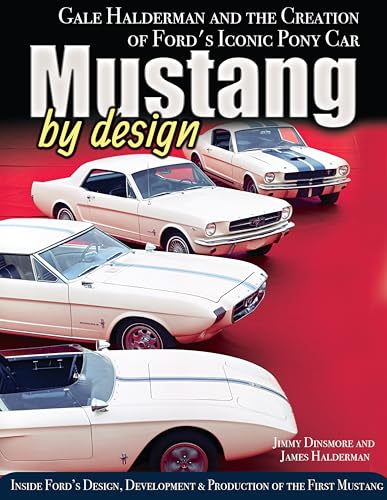I am priming the oil journals by pulling the distributor out and manually rotating the oil pump drive shaft. All is good with this respect of getting oil to where it is needed, but I am wondering if it is reliable approach to also check proper operation of the oil pump pressure bypass valve/spring?
Getting oil to flow through the lifters only takes about a half dozen rotations and pressure begins to build. For reference, I am using a Melling high volume oil pump, using break-in oil, and the oil is cold (50deg).
I hooked up a mechanical oil pressure gauge at the back of the engine, and I'm observing 100+ psi, with about 1 rev/sec! So, this had me wondering if my oil pump is operating properly. I would expect the bypass spring to keep the pressure from going too high, but maybe a much higher pressure is needed to overcome the inertial resistance of the spring. Another thought is I need to drive it with a electric drill to maintain a constant speed. I'm acquiring another oil pressure gauge to rule out a faulty gauge.
Getting oil to flow through the lifters only takes about a half dozen rotations and pressure begins to build. For reference, I am using a Melling high volume oil pump, using break-in oil, and the oil is cold (50deg).
I hooked up a mechanical oil pressure gauge at the back of the engine, and I'm observing 100+ psi, with about 1 rev/sec! So, this had me wondering if my oil pump is operating properly. I would expect the bypass spring to keep the pressure from going too high, but maybe a much higher pressure is needed to overcome the inertial resistance of the spring. Another thought is I need to drive it with a electric drill to maintain a constant speed. I'm acquiring another oil pressure gauge to rule out a faulty gauge.




















































